Bichon Frise Vs Labrador – What Is The Best Breed For You
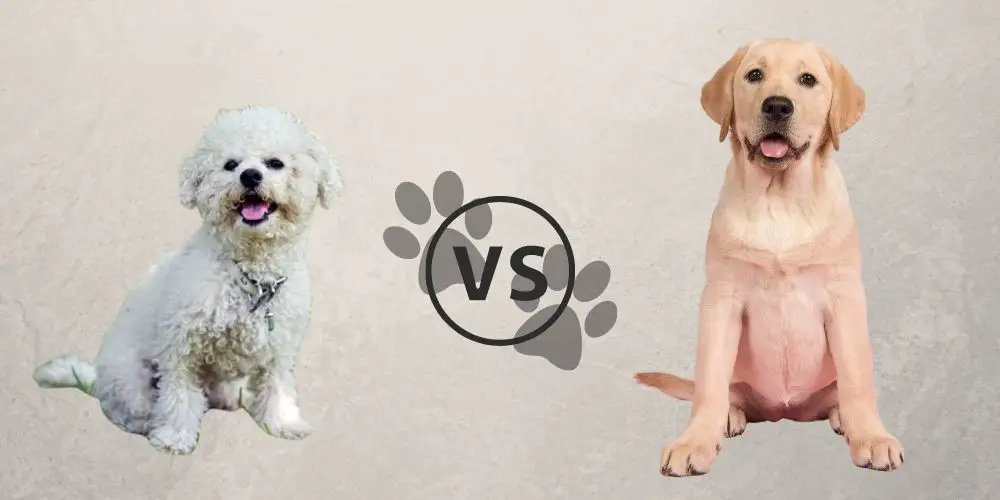
Although these dogs are very dissimilar in size, they are both family dogs. The Bichon Frise came to the United States in 1954. The Labrador Retriever came from Canada.
Key Similarities
The Bichon Frise and the Labrador both require little maintenance. They are easy to train, kid-friendly, and first-time owner friendly. Both of these dogs are alert, cheerful, friendly, intelligent, and loyal.
The Bichon Frise and the Labrador can become overweight quickly. They both tend to overeat if left to their own devices. However, they do better with having their meals divided into two meals.
Both dogs are prone to ear infections and need to regularly clean their ears.
Key Differences
The Bichon Frise weighs 11-23 pounds and is 9-12 inches tall. The Labrador weighs between 60-80 pounds and is 21-24 inches tall. The life span of the Bichon Frise is between 12 to 19 years. The Labrador’s life span is between 10 to 13 years.
The Bichon Frise is a lap dog and a companion dog. While the Labrador may like to sit in your lap but he’s too big, and he’s a sporting dog.
The Bichon Frise has a medium-length coat that’s silky to the touch with corkscrew curls. The Labrador has a weather-resistant undercoat with a thick, short, and straight-haired topcoat.
Pros of Owning a Bichon Frise
If you live in an apartment, then the Bichon Frise will adjust nicely. He won’t take up much space. This breed isn’t overactive, but they love to play with their owners. They need to walk and play every day to keep themselves from becoming bored.
Pros of Owning a Labrador
A Labrador is an athletic and muscular dog that loves to run and swim. If you’re an active person and like to move, this dog is for you. These dogs are very sweet-natured. They love their family and are patient with children. A Labrador does take a while to grow up and isn’t fully mature until after they’re around 4 years of age.
Who Should Own a Bichon Frise?
People who want a little lap dog, anyone living in an apartment, and seniors.
Who Should Own a Labrador?
Labradors need to have space, so a house with a yard is better for them. These are active dogs and require a lot of exercise. However, they are sensitive dogs and show lots of affection.
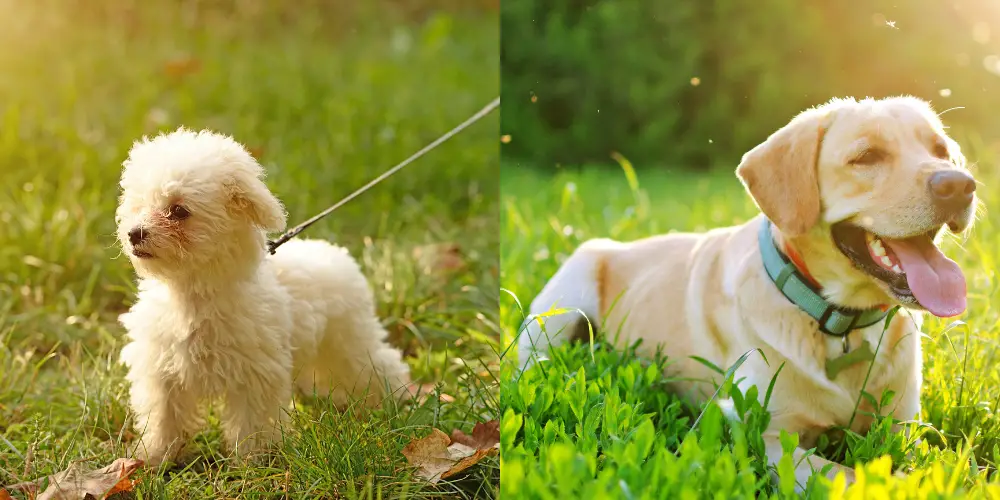
All About the Bichon Frise
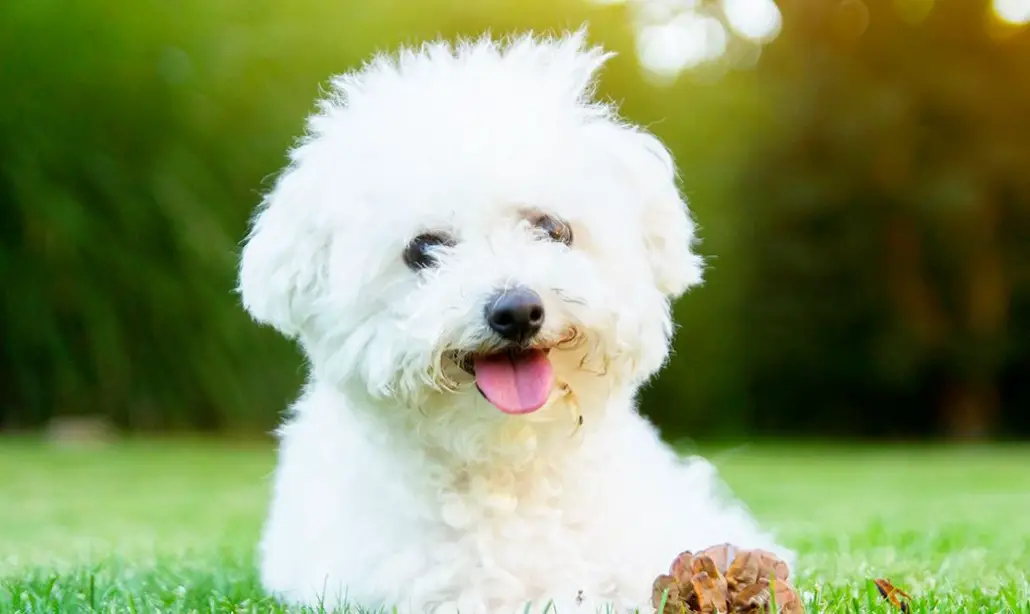
Bichon Frises are an adorable breed suited only to a loving home environment where it can be a companion dog or family pet.
First Impressions & History
The very first thing you’ll notice about a Bichon Frise is that it looks as if it were created in a toy factory. They are incredibly cute and affectionate.
The exact history of their genealogy is a bit of a mystery, but, believe it or not, they’ve existed naturally from as early as the 14th century.
Size & Appearance
They only grow to be between 9 and 11 inches tall and 7 to 12 pounds in weight.
They have soft, fluffy, white coats which are usually groomed and styled in their recognizable, teddy-like fashion.
Grooming & Shedding
Bichon Frises do shed, but the hair they shed get stuck in the rest of their coats and need to be removed by brushing regularly to prevent mats and tangles.
That won’t be the only grooming they need. Bichon Frises have an intense grooming schedule that involves a lot of brushing, bathing and trimming.
Lifespan
12-15 Years
Guard Dog Or Family Pet
Because it is simply too small to pose any real threat to anything, it is more suited for a role as a family pet.
Gets On With Other Pets, Animals And Children?
They are very friendly towards other animals and children, because they are so small you should always supervise them to make sure they don’t get hurt by accident.
They also need to be the centre of attention and are prone to be jealous if they feel like they are being neglected.
Who Should Consider Buiyng
If you want a beautiful dog and are prepared to invest in the necessary grooming, there are few breeds with a more iconic look than Bichon Frises. They are also good options for people with limited space, but this is not a recommended breed for first-time dog owners.
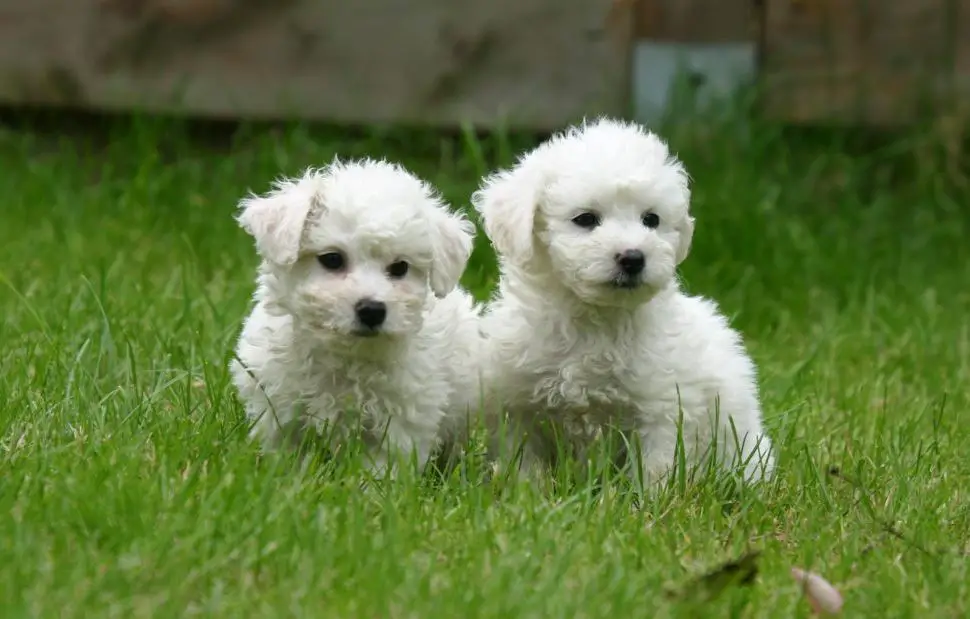
Quick Facts
- They have an iconic and elegant look, but this look requires a lot of energy invested in grooming.
- They are known to be quite difficult to house train.
- Their living expenses are higher than other breeds’.
- They are frail, young children should not be allowed to interact with them without supervision.
All About the Labrador
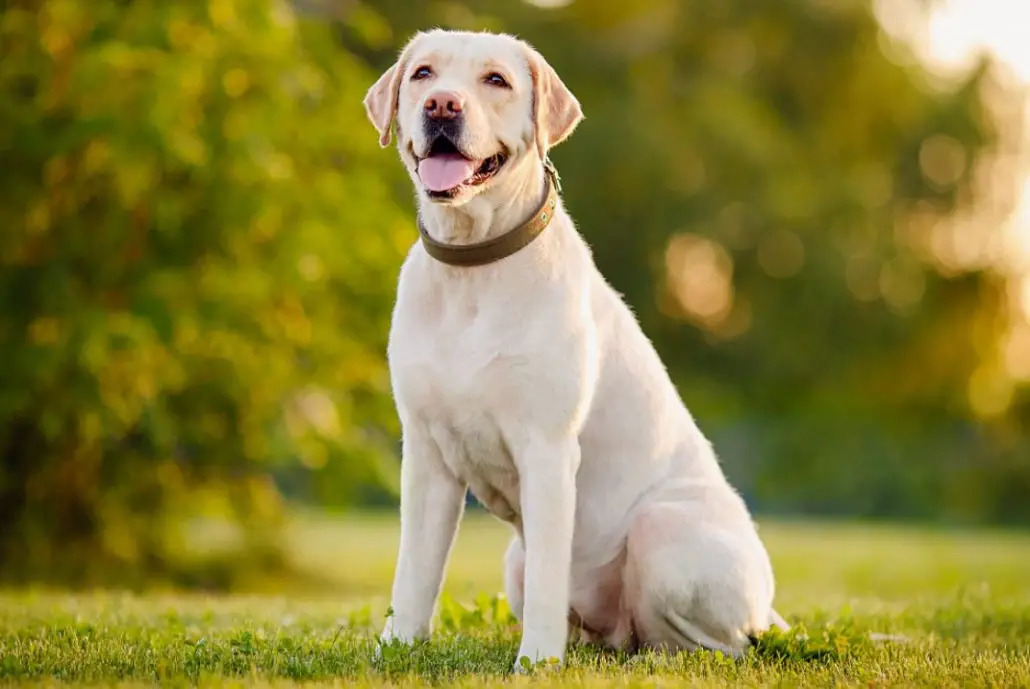
History
In the 1800s, some multipurpose dogs used by hunters in North America were shipped to England. Some of the dogs were Newfoundland types, and smaller ones were called St. John’s dogs.
In England, the breed was refined and developed into the Labrador recognized today.
Size & appearance
These are not small dogs. A Labrador Retriever will weigh between 55 and 80 pounds, with the male being 23 inches at the withers and the female being 22 inches.
The Labrador is a solid, sturdy dog with a strong body and sturdy legs. They are listed in the medium dog category, but this breed looks larger because of the sturdy build. A field line-bred dog is a little thinner in body and a bit taller.
Your Lab’s head is broad, with large expressive eyes and hanging ears. His tail is thick and sturdy and can clear off an inn table in seconds. The feet of a Labrador are webbed with more extended skin between his toes to aid in swimming.
A Labrador will reach his adult height within six to twelve months. But he won’t completely fill out until he’s two. Plus, he will still have a puppy attitude until he’s almost three.
Lifespan
The life span is between 12 to 14 years.
Guard dog or Family
Labradors will protect their families, giving an alert bark when someone is at the door. But in the same respect, they can knock the person down with their enthusiastic greeting at the door.
Shedding, grooming, and maintenance
Your Retriever has a short, dense coat that doesn’t get matted or tangled. You actually only have to bathe your dog a couple times of the year. But this breed does enjoy rolling around in the mud, plunging into any water he can find, and getting into questionable messes. When this happens, you will want to bathe him.
These dogs are notorious for shedding everywhere because of their double coat. Therefore, you will need to brush your dog daily, or you will be vacuuming every day. Plus, when you brush your dog every day, it helps spread the natural oils through his coat, leaving a healthy shine.
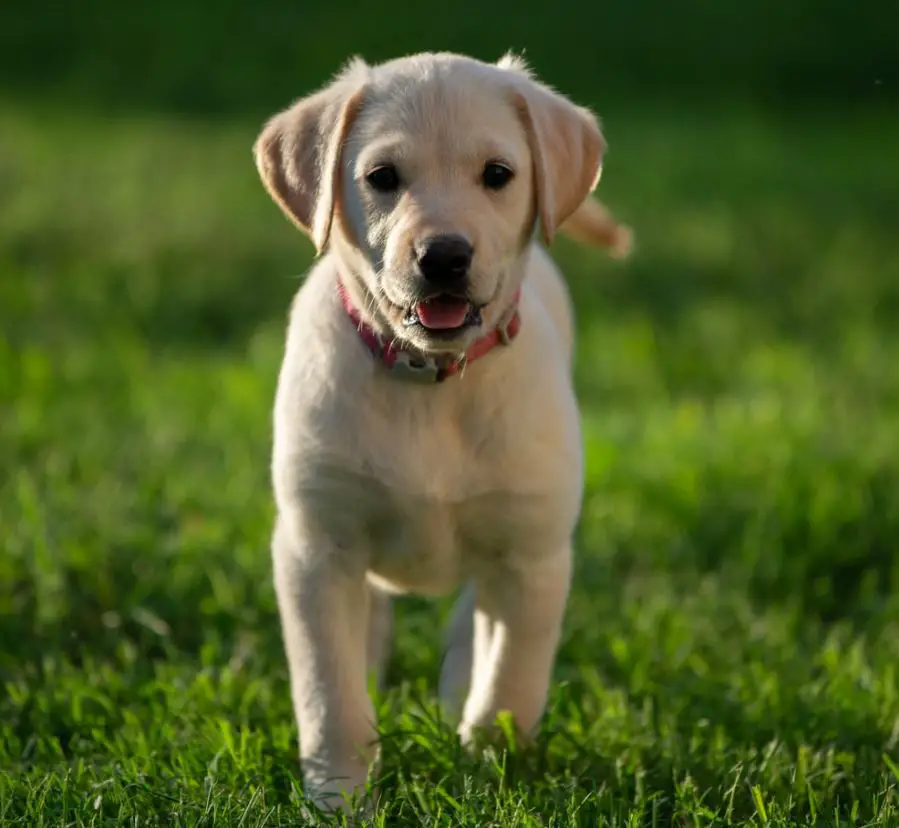
Health issues
One of a Labrador’s health problems is their ears. Because the ears hang, ear infections can be a problem. So you need to clean and inspect his ears regularly. Especially after a romp through the woods or having been in the water.
If you notice dirt in his ears, they need to be cleaned. Take a cotton ball wetted with a dog cleaning ear solution. Gently wipe the ear part you can see, don’t go into the ear canal. If you see there’s a build-up in his ear, then you should consult your vet.
Labrador Retrievers can have other health issues: Hip Dysplasia, Laryngeal Paralysis, Arthritis, Hypothyroidism, Elbow Dysplasia, Seizures, and Cancer. This is why it’s essential to check the health certificates of both parents when purchasing your dog from a breeder.
Bichon Frise In More Detail
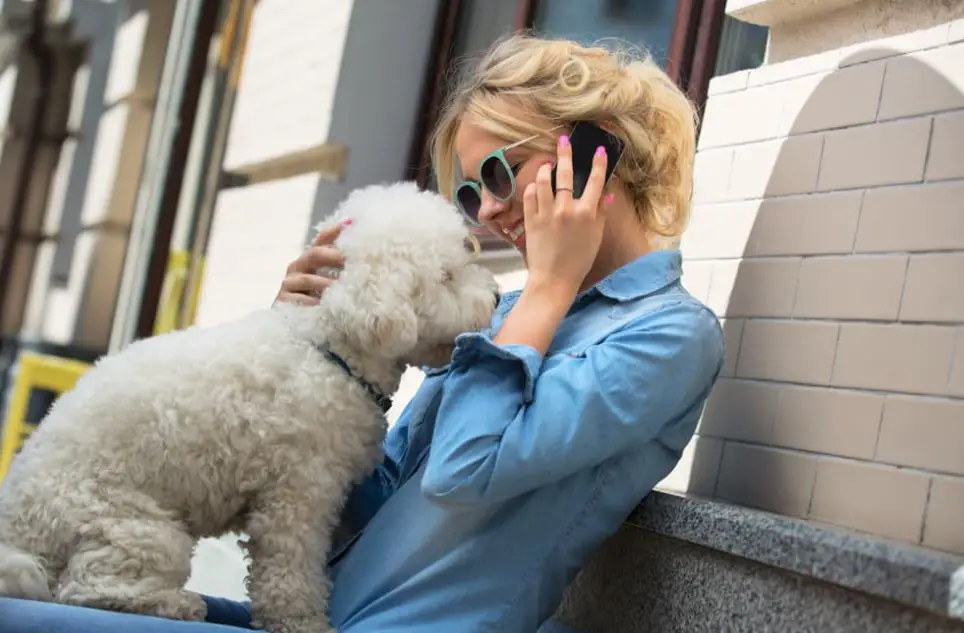
Temperament & Behaviour
They have a cheerful attitude. They enjoy getting attention and is playful and charming.
They can be independent and curious, but they won’t ever want to be separated from you. They are quite prone to separation anxiety and can this can cause them to be destructive.
Intelligence Levels & Affections Levels
They are both highly intelligent and extremely affectionate. A lapdog in a very literal sense, they want to be with you 24/7.
Training & Obedience
They are known to be quite difficult to housetrain and will benefit from being taken to puppy training classes. Because they are so intelligent, proper training often yields great success with them.
Exercise Needs
Though they are very energetic and playful, they are small enough to tire out by playing indoors or by going for a short walk. This makes them a favourite among apartment dwellers.
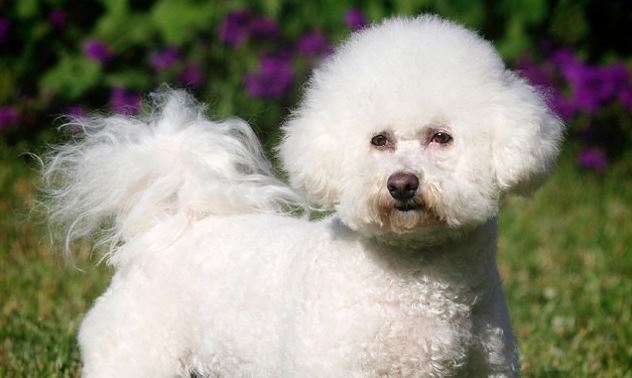
Conclusion
The Bichon Frise is a wholly unique breed. As is often the case with any strange or exotic animal, they require quite a bit of maintenance, but if you are able to take care of them and give them the attention they need, you could find a beautiful, charming family pet in a Bichon Frise.
What About?
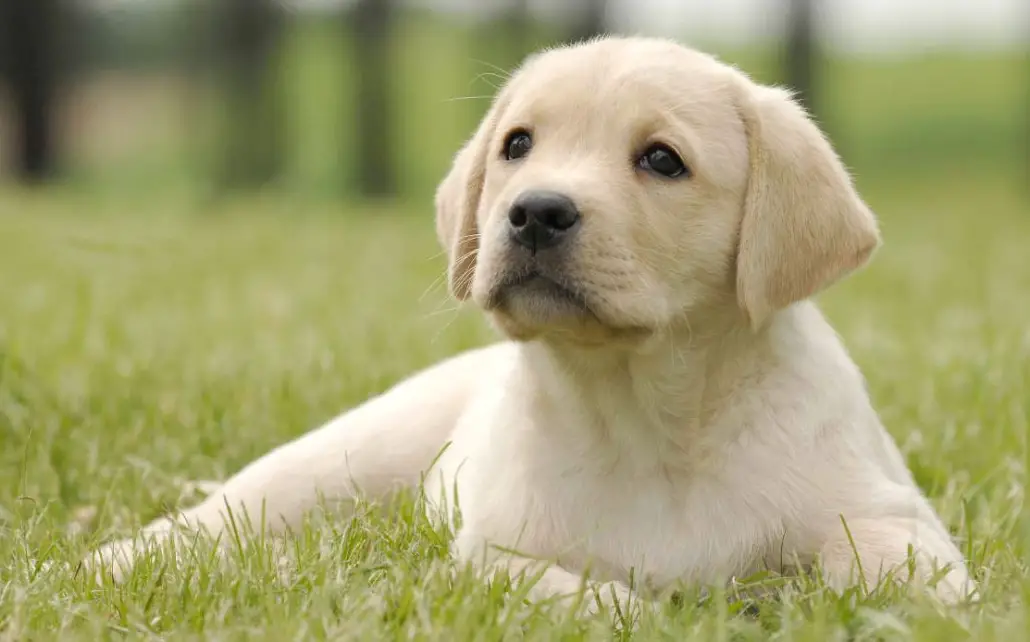
Temperament & Behaviour
These are great family dogs who do well when their exercise needs are met. Because these dogs are working dogs, they love to have a job to do. Throwing balls or toys and having your dog retrieve them back to you is one way to get the needed exercise.
This is a natural exuberant breed of dog good with children and other pets. However, they are physically strong dogs. Unless appropriately trained, you will find yourself being drug down the street when taking your dog for a walk.
Chewing can be an issue because the retrieving urge gives these dogs a chewing fixation. Training, exercise, and sturdy chew toys will help combat this behavior.
Exercise Needs
These dogs need a lot of exercise, or they will turn into a couch potato. Labradors need to be walked for about 40 to 60 minutes a day plus yard time.
Training & behavior
Your dog is intelligent and will train reasonably quickly because he loves working with his owner. However, these dogs are easy keepers and can become overweight if not kept on a diet.
Labradors don’t like an irregular daily routine, a household that’s noisy all the time, or frequent guest visits. As a result, they are a bit more sensitive to their surroundings than other dog breeds.
The reward training method works best with this breed.
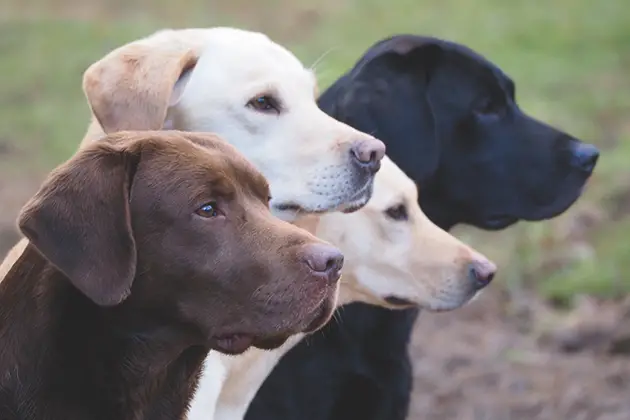
Quick facts
- Labs will tend to “mouth” people, and the quickest solution is to put something in his mouth to carry around.
- These dogs have a strong attraction to water. They will jump into pools, ponds, or puddles. Wherever there is water, that is where they will be.
- This breed isn’t barkers, but they will alert you if someone is at the door.


